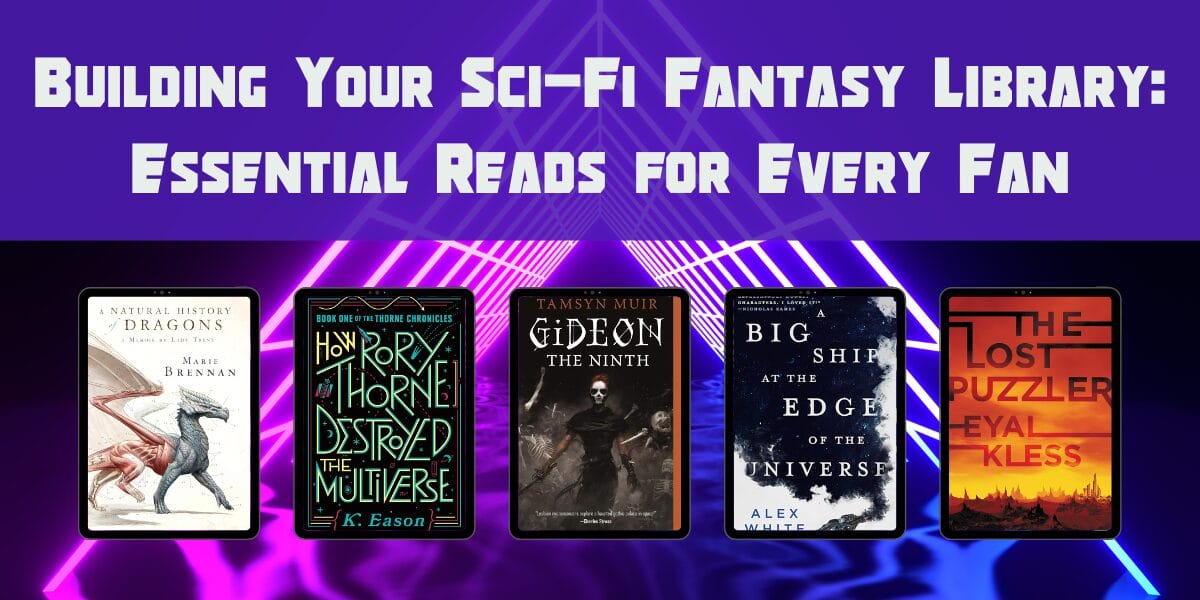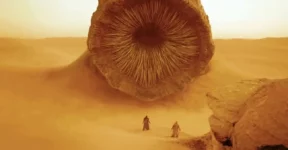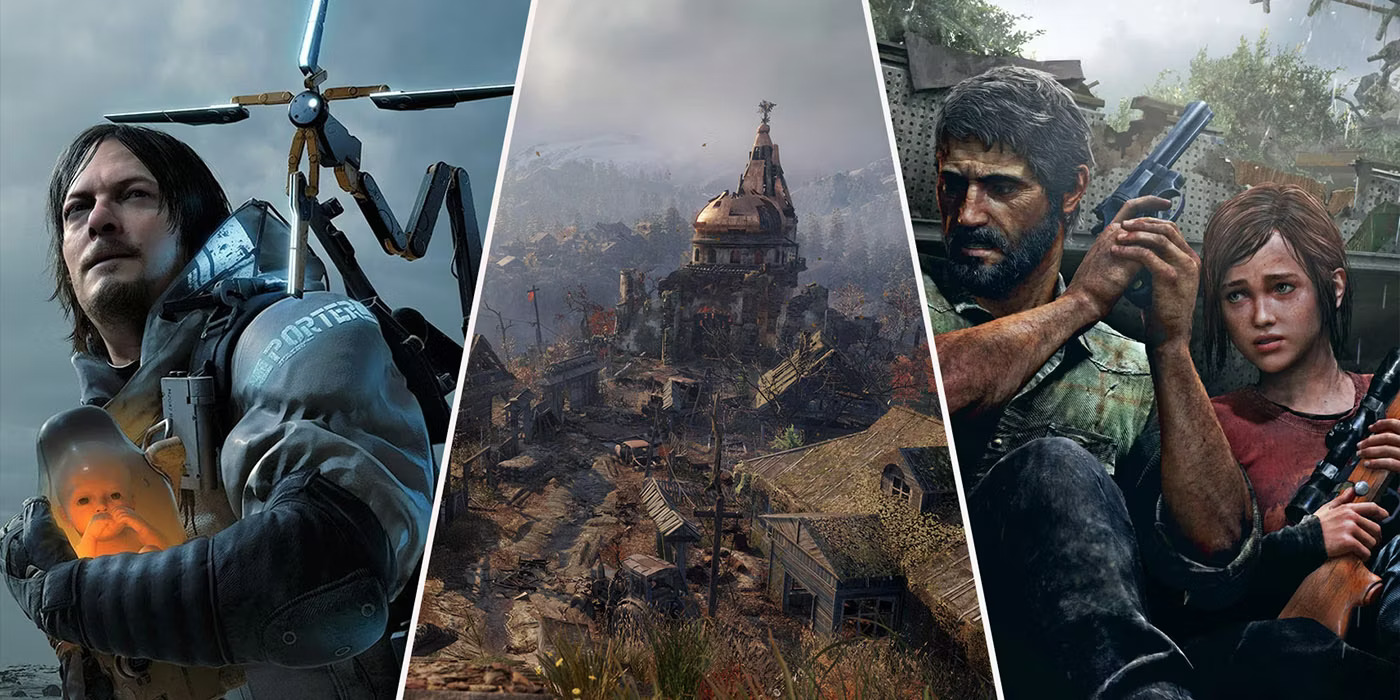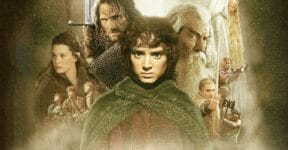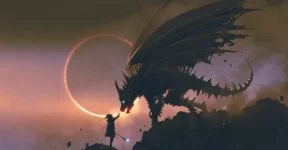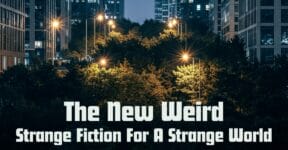Science fiction strives for plausibility, grounding its narratives in scientific principles, even if speculative. Fantasy, on the other hand, revels in the whimsical, unbound by the constraints of realism. Blending these seemingly disparate genres can be challenging, but when executed effectively, the result is sci-fi fantasy: a captivating fusion of scientific concepts and fantastical elements. If you’re looking to expand your Sci-fi fantasy library, these books are a great place to start.
A Natural History of Dragons by Marie Brennan:

Dragons, those iconic mythical creatures, have long captured our imaginations. Marie Brennan’s A Natural History of Dragons offers a unique perspective, exploring the study of these magical beasts through the lens of Victorian-era biology. The novel blends fantastical elements with a scientific approach, creating a world where dragon lore is meticulously documented and analyzed. The result is a captivating blend of the familiar and the unexpected, both immersive and intellectually stimulating.
Gideon the Ninth by Tamsyn Muir:

Gideon the Ninth, the first installment in Tamsyn Muir’s The Locked Tomb series, leans heavily into fantasy with its necromancy and undying lich emperor. However, the narrative unfolds against a backdrop of science fiction, creating a unique blend of genres. This intergalactic setting expands the story’s scope, offering a fresh and exciting take on traditional fantasy themes.
How Rory Thorne Destroyed the Multiverse by K. Eason:

While predominantly science fiction, How Rory Thorne Destroyed the Multiverse incorporates a crucial element of fantasy that is intrinsically linked to character development. Rory’s journey is intertwined with a unique form of magic, a force that cannot be replicated by technology. This subtle yet significant integration of fantasy adds depth and complexity to the narrative, demonstrating how even a small dose of magic can enrich a sci-fi story.
Heroes Die by Matthew Stover:

Heroes Die masterfully blends science fiction and fantasy, showcasing how these genres can seamlessly intertwine to create a compelling narrative. The story follows Caine, an entertainer who travels to parallel worlds, broadcasting his adventures on a fantastical planet in a reality TV format. The worldbuilding draws equally from both genres, resulting in a thought-provoking exploration of complex themes. While violent, the book uses this element to propel the narrative and explore deeper philosophical questions.
A Big Ship at the Edge of the Universe by Alex White:

In Alex White’s novel, magic and technology are not opposing forces but intertwined aspects of the same reality. Racers fuse their minds with their vehicles, creating a form of bootstrapped AI, and technology enhances magic rather than replacing it. Protective shields deflect bullets, reminiscent of Star Trek’s deflector shields, but powered by amplified magic. This seamless integration of magic and technology creates a unique and exciting futuristic world.
The Lost Puzzler by Eyal Kless:

The Lost Puzzler embraces the familiar trope of a post-apocalyptic Earth where magic has resurfaced. However, instead of dwelling on the distinction between science and magic, the book presents them as virtually indistinguishable forces. While perhaps less original than some other entries on this list, it offers a compelling take on this well-established trope.
The Great Book of Amber by Roger Zelazny:

Roger Zelazny’s epic ten-book saga, The Great Book of Amber, deserves far more than a brief paragraph. The story spans over 100 dimensions, centered around Amber, the one true reality. All other realities, including Earth, are mere shadows of Amber, each representing a different kind of existence, from science fiction to fantasy. This mind-bending concept creates a vast and intricate multiverse, ripe with possibilities.
Sci-Fi Fantasy’s Relevance to Reality:
Sci-fi fantasy is often perceived as pure escapism, but it can be surprisingly relevant to our own world. While cloaked in fantastical elements and otherworldly settings, many stories within the genre reflect and explore real-world issues and human experiences. The seemingly impossible elements of fantasy and the speculative nature of science fiction can serve as a mask, allowing us to examine complex themes and societal issues from a unique perspective.
Other Things You Might Want to Know:
Popular Sci-Fi Fantasy Subgenres:
The sci-fi fantasy umbrella encompasses a diverse range of subgenres, including:
- Space Opera: Epic, large-scale narratives set in space, often involving interstellar empires, advanced technology, and fantastical elements.
- Steampunk: A retrofuturistic subgenre that incorporates technology inspired by 19th-century steam-powered machinery, often combined with elements of fantasy and magic.
- Cyberpunk: A dystopian subgenre focused on advanced technology, cybernetics, and social upheaval, often incorporating elements of fantasy and magic.
- Urban Fantasy: Fantastical stories set in contemporary urban environments, blending magical elements with the mundane realities of city life.
- Alternate History: Stories that explore what might have happened if historical events had unfolded differently, often incorporating elements of science fiction or fantasy.
Sci-Fi Fantasy TV Series Recommendations:
- Stranger Things
- The Expanse
- Fringe
- Doctor Who
- The Mandalorian
- The Witcher
- Firefly
Soft Sci-Fi vs. Fantasy:
While related and sharing roots in speculative fiction, soft sci-fi and fantasy are distinct. Soft sci-fi, while not strictly bound by scientific accuracy, still operates within the realm of scientific possibility. Fantasy, on the other hand, is largely unconcerned with scientific principles, allowing for greater freedom in exploring magical and supernatural themes. Dune and Foundation, while containing speculative elements, are generally categorized as hard sci-fi due to their emphasis on scientific and sociological concepts. They do not typically incorporate magic or supernatural elements characteristic of fantasy.

